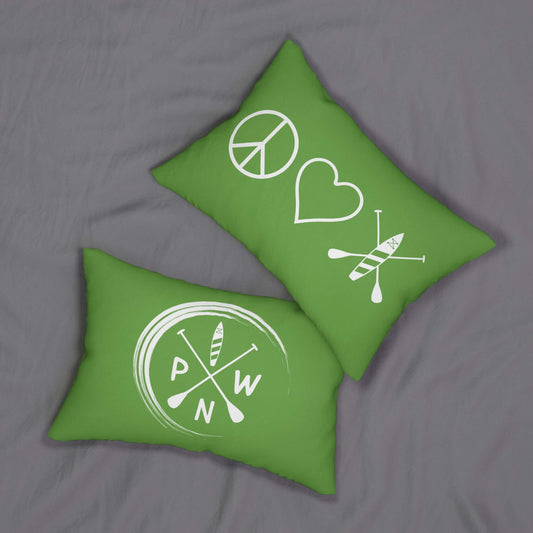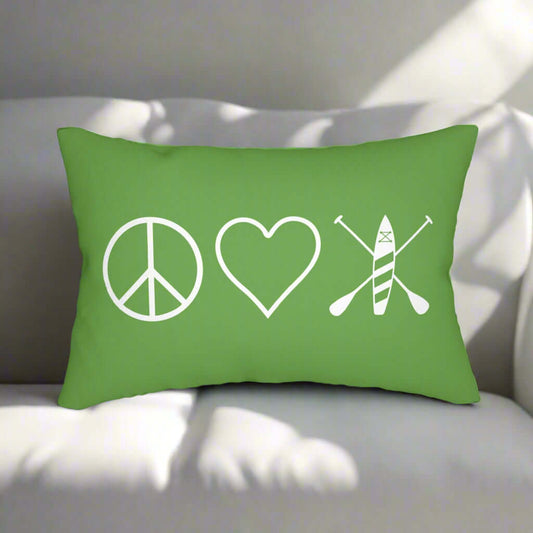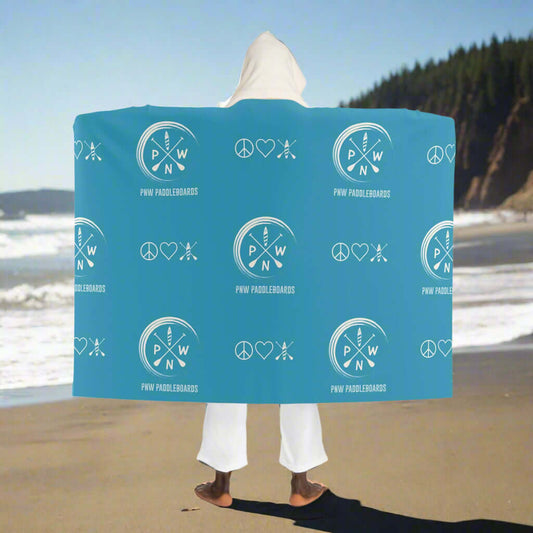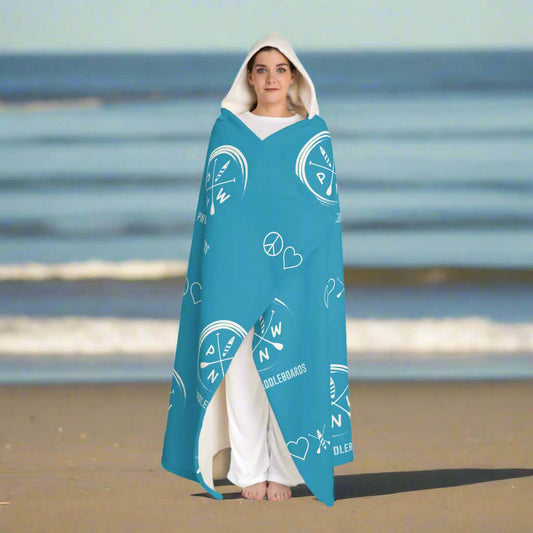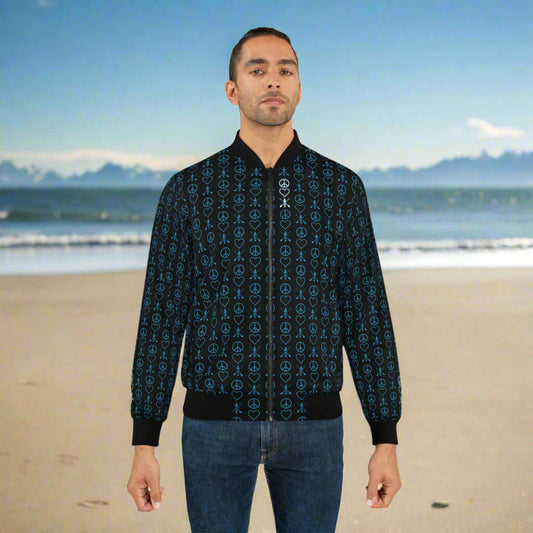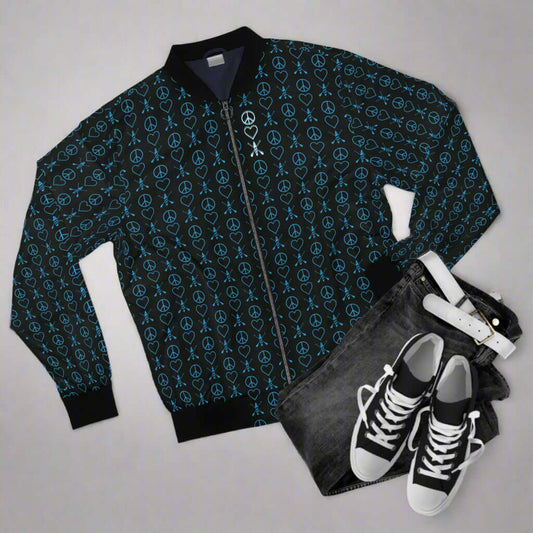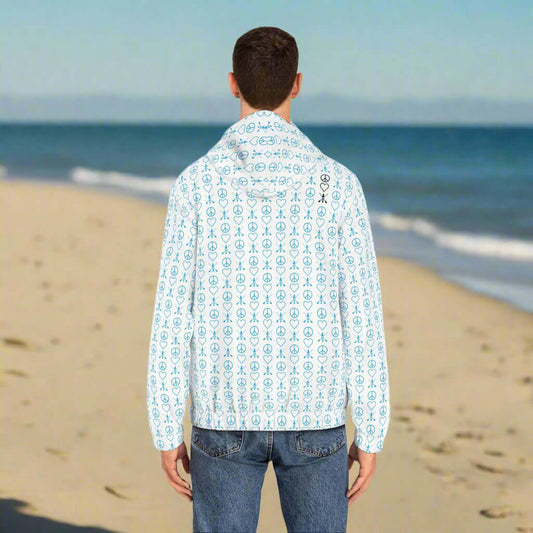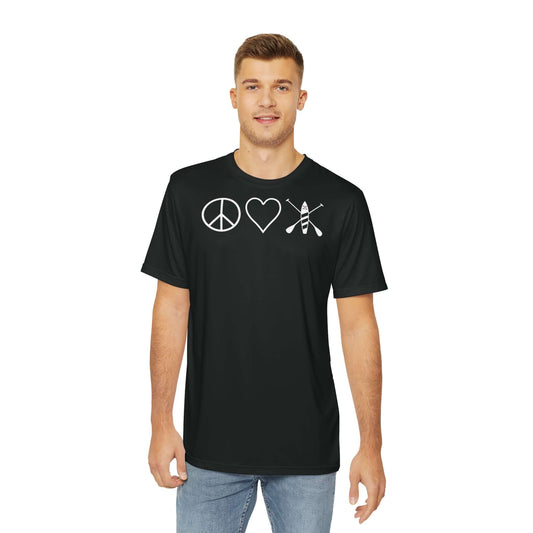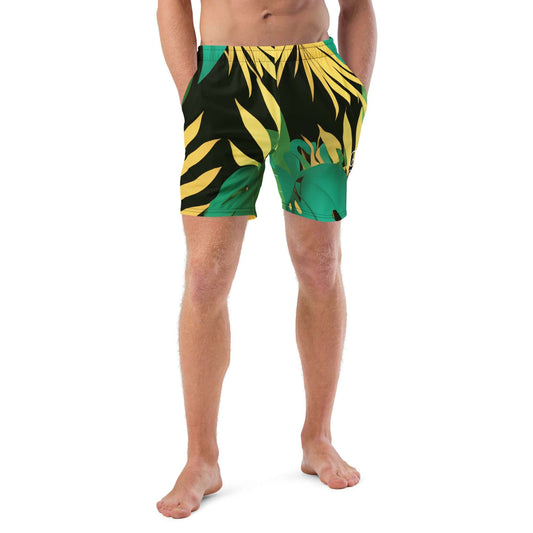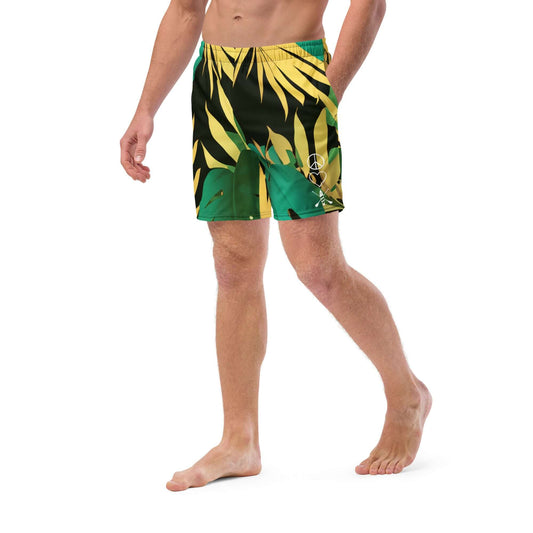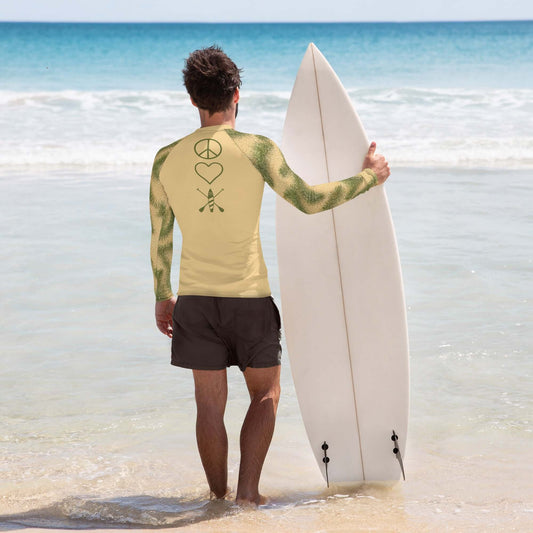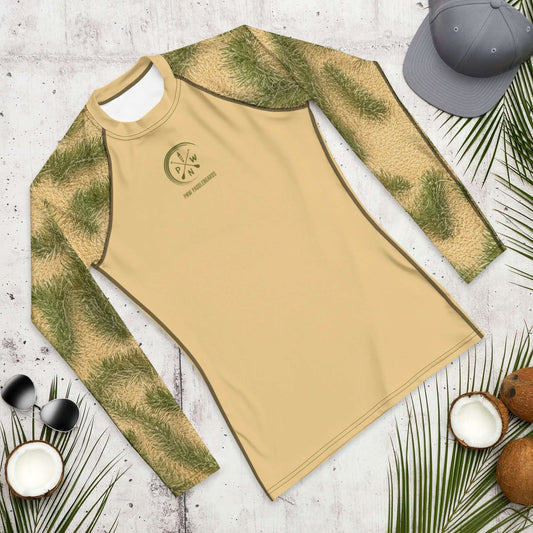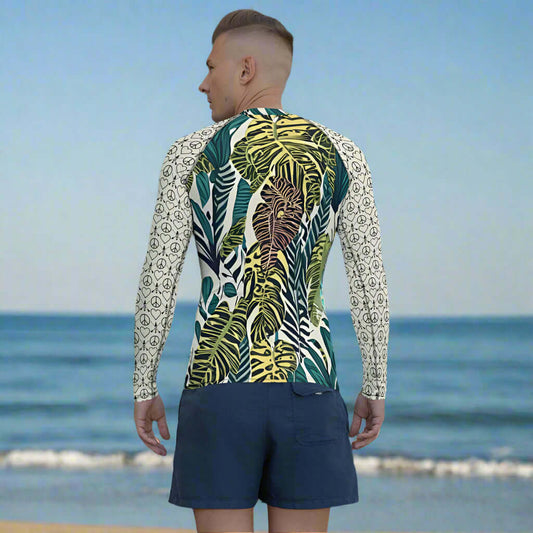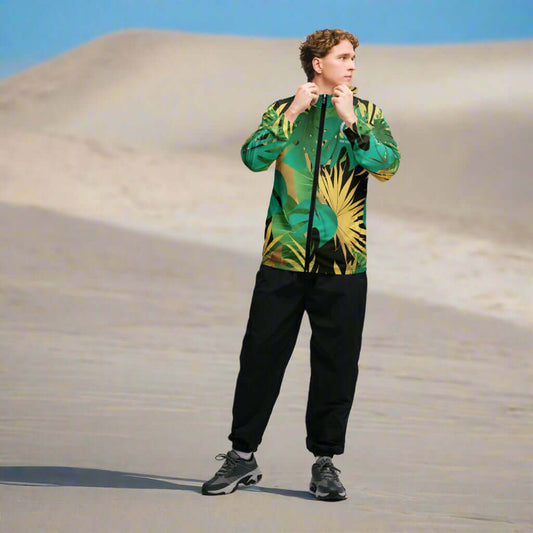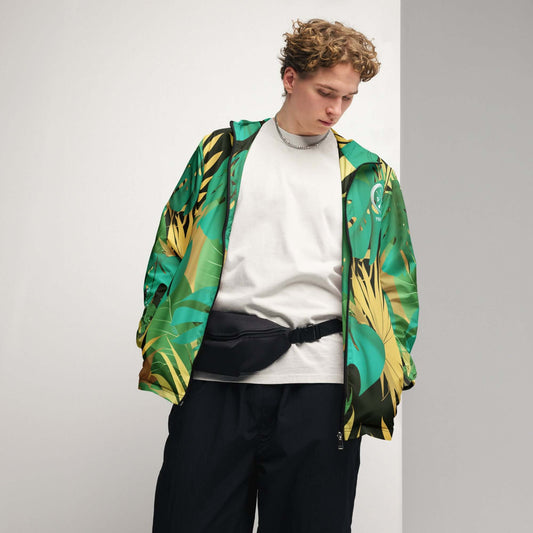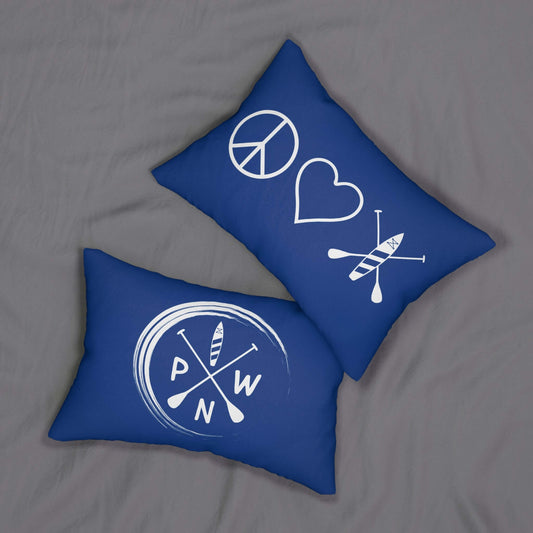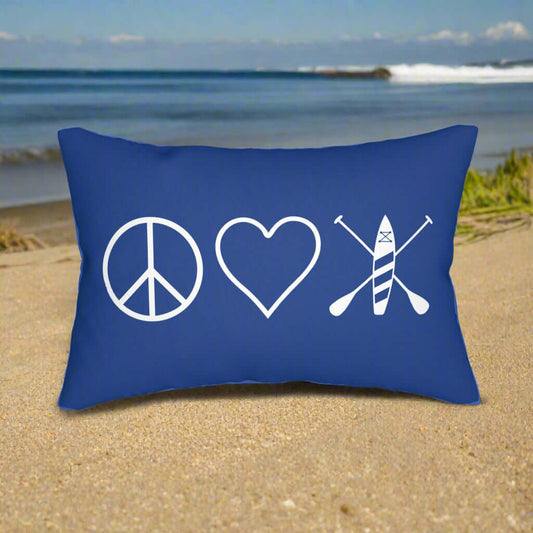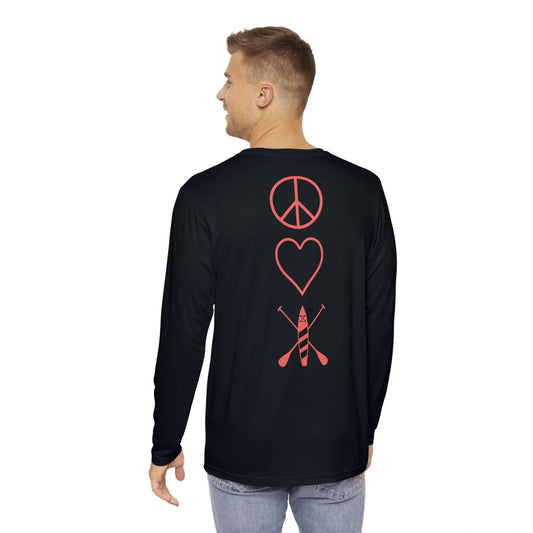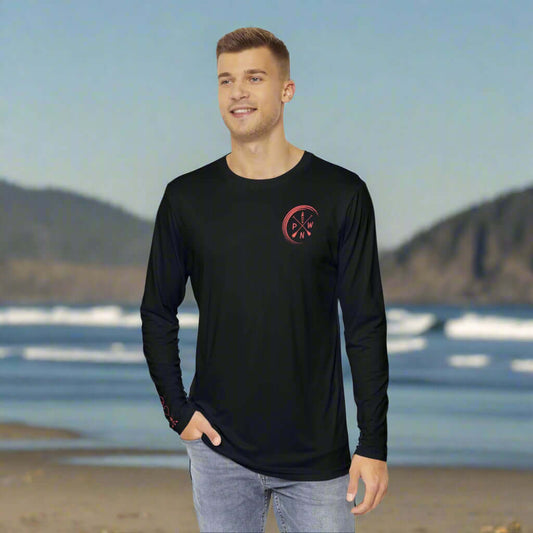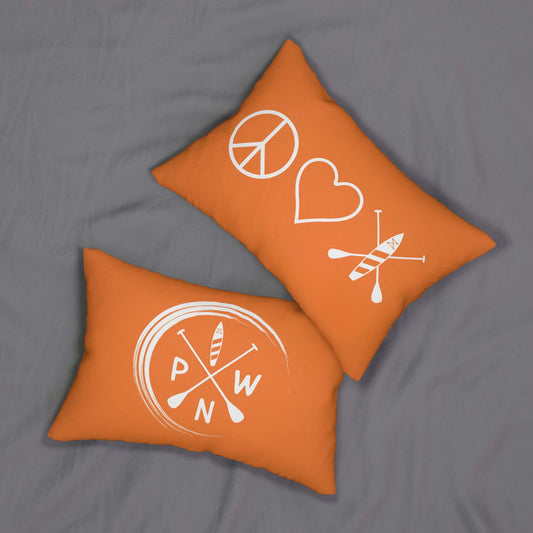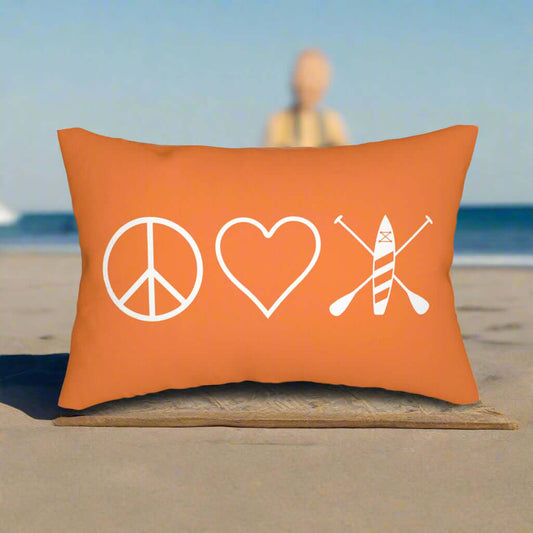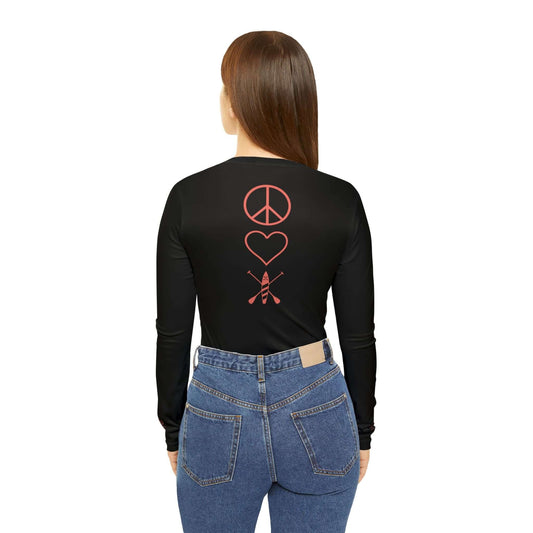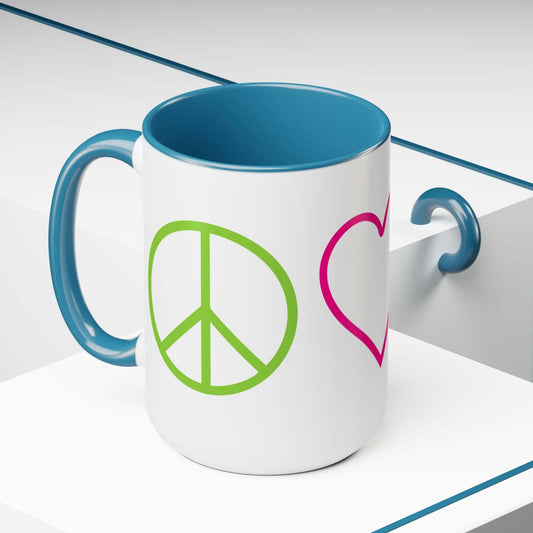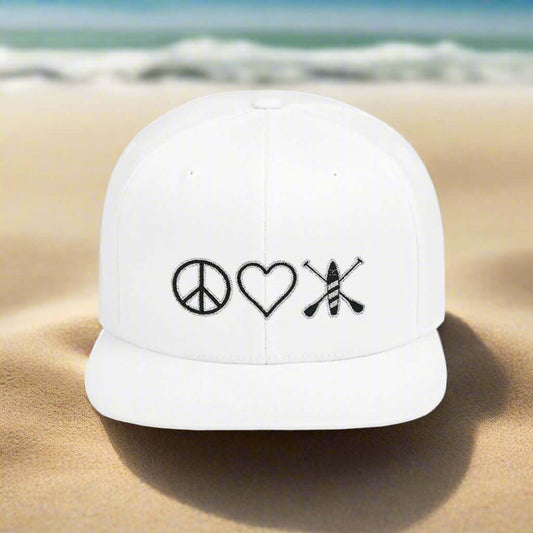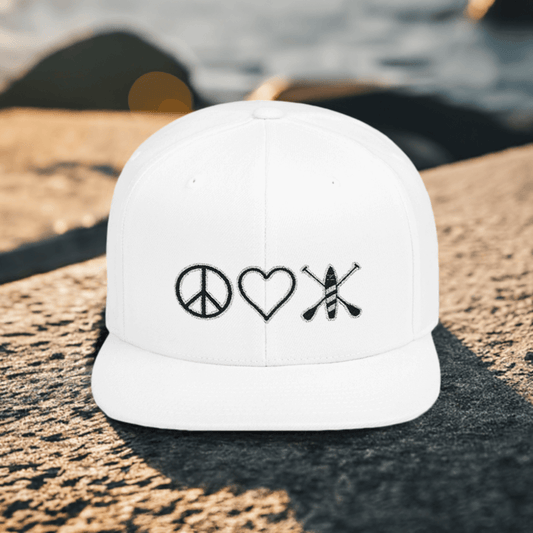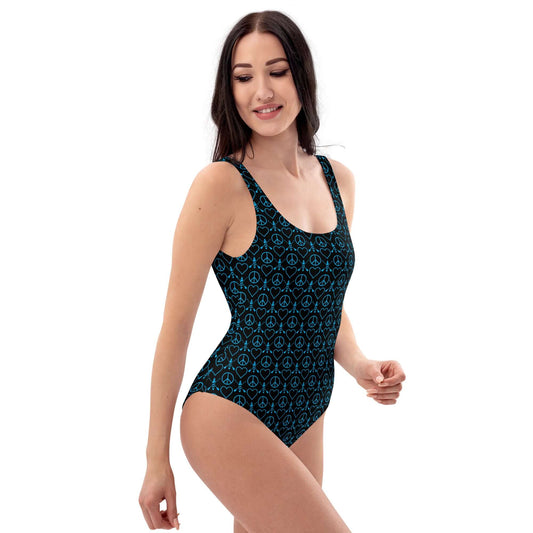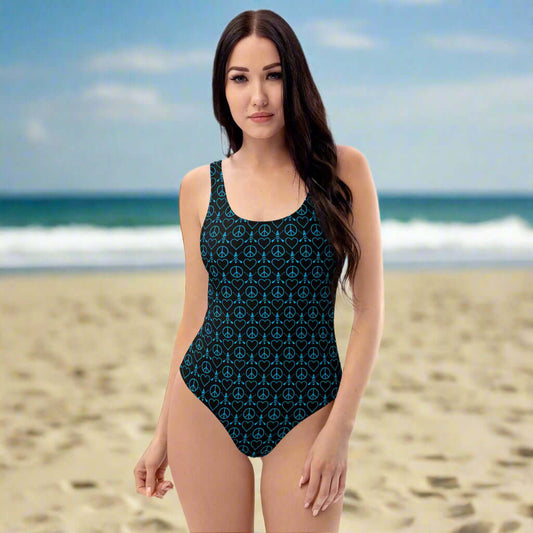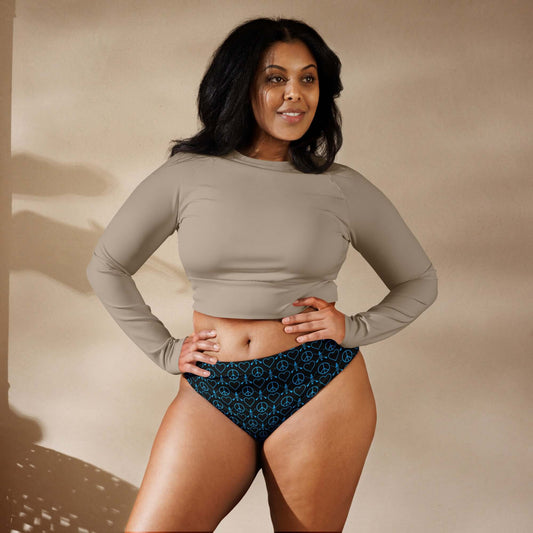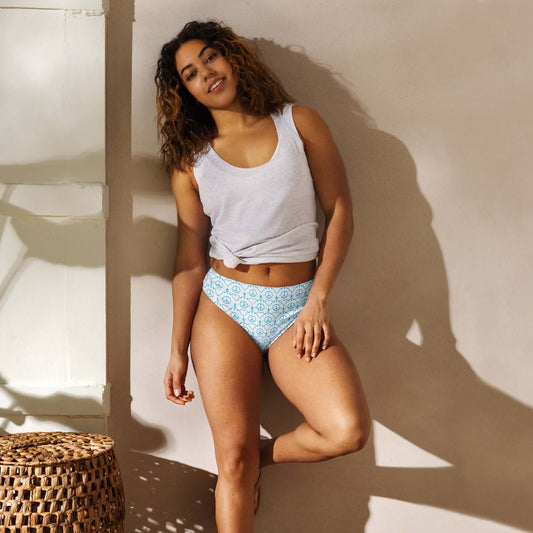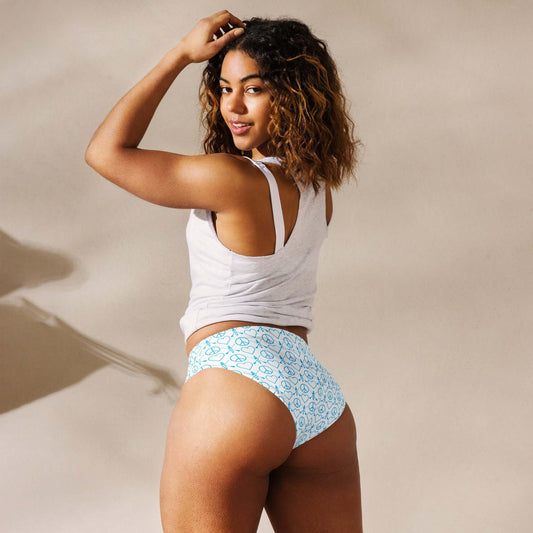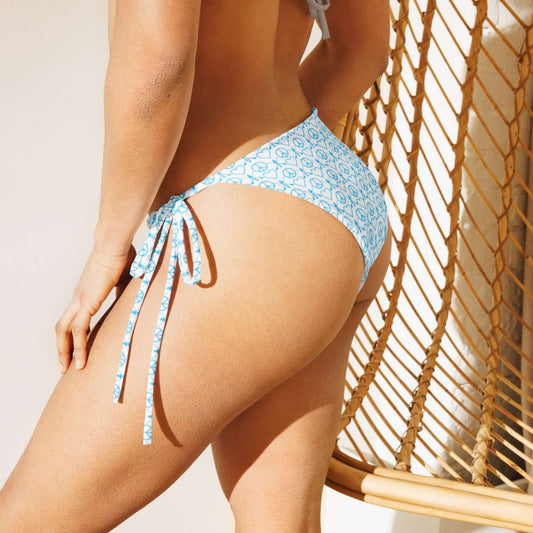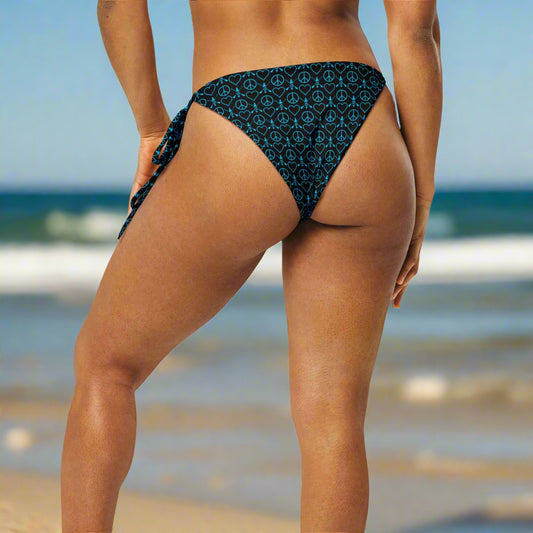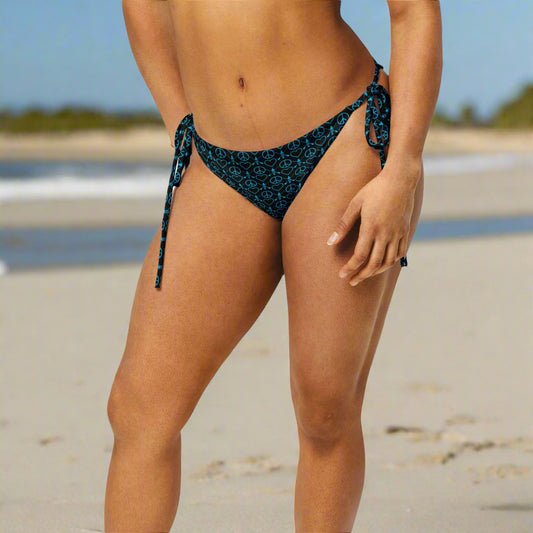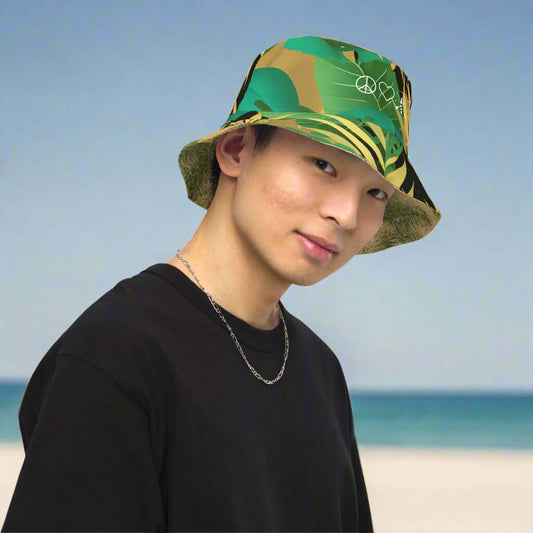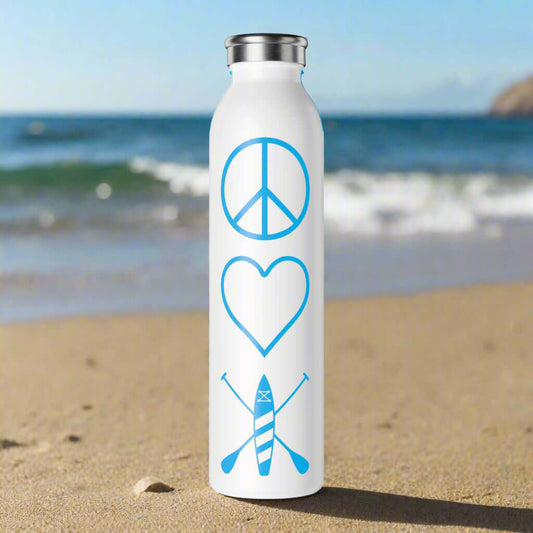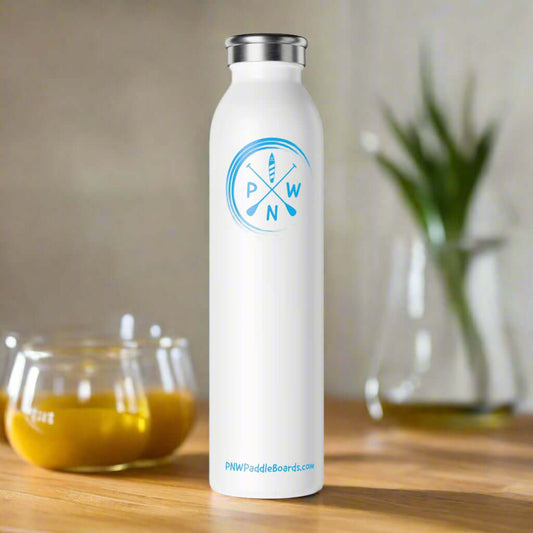
Innovations in Paddle Board Design: The Future of Water Sports
Frequently Asked Questions
1. How did paddle boarding become a thing here in the Pacific Northwest?
In the Pacific Northwest, paddle boarding is more than just a sport; it's a way of life, and the mesmerizing scenery makes it perfect for this heart-pumping activity.
2. From Where to Breaks: How Paddle Boards Have Changed?
In the early 2000s, inflatable paddle boards were introduced, offering greater portability.
However, better performance was only achieved with the super high-pressure style, meaning today’s paddle boards have evolved significantly from their traditional wooden counterparts.
3. What innovations in paddle board design are interesting to you?
Key innovations include lightweight materials like carbon fiber, advanced stability features, eco-friendly materials, and smart technology integration for tracking performance.
4. What Are The Customization Options For Paddle Boards?
Boards can be tailored to specific dimensions and colors and even include specialized accessories such as paddle holders and camera mounts, enhancing the overall paddling experience. Give us a shout if you have a dream we can help make a reality!
5. What paddling trends are on the rise?
Sustainability practices are improving, artificial intelligence is being used for product customization, and virtual reality experiences may soon be integrated into training.
Paddle Boarding: More Than Just a Sport
Paddle boarding isn’t just about floating on the water—it’s a lifestyle, especially in the stunning Pacific Northwest.
As this exciting sport continues to grow in popularity, so do the innovations in paddle board design.
Thanks to advancements in technology and materials, today’s boards are lighter, faster, and more versatile than ever.
This article explores the latest innovations shaping the future of paddle boarding and what enthusiasts can look forward to in the years ahead.
The Evolution of Paddle Boards
From humble beginnings as traditional Hawaiian watercraft to today’s vibrant, high-tech designs, paddle boards have undergone a major transformation.
Early boards were handcrafted from solid wood, offering great stability but making them heavy and difficult to maneuver.
The introduction of inflatable paddle boards in the early 2000s was a game-changer, offering portability and convenience while maintaining a high level of performance.
As paddle boarding became more popular in the Pacific Northwest, manufacturers began experimenting with new materials and technologies to improve both performance and user experience.
Breakthroughs in Paddle Board Design
Lightweight Materials
The use of lightweight materials like carbon fiber and high-density foam has revolutionized paddle board construction.
These materials provide strength without the bulk, making boards easier to carry and maneuver.
In the Pacific Northwest, where the weather can shift quickly, having a lightweight board can be the difference between an enjoyable ride and a struggle against the elements.
Advanced Stability Features
Stability is one of the most important aspects of paddle boarding, especially for beginners or those heading into choppy waters.
Innovations such as wider boards, deeper hull designs, and specialized fin systems have been developed to enhance stability.
Many modern boards now feature modifications tailored to the unpredictable conditions of the Pacific Northwest, including wind and ocean waves.
Eco-Friendly Materials
With growing awareness around environmental conservation, manufacturers are making strides in eco-friendly paddle board design.
Boards made from recycled materials and sustainable sources are emerging in the market.
Since Pacific Northwest outdoor enthusiasts deeply value their natural surroundings, the demand for sustainable products has risen sharply.
Companies prioritizing green manufacturing are now leading the industry.
Smart Technology Integration
Imagine paddle boarding with a board that tracks your fitness metrics or provides live weather updates.
This is no longer just a futuristic dream—it’s happening now.
The integration of smart technology into paddle board design is on the rise, with features like GPS tracking, built-in fitness apps, and even solar-powered charging capabilities.
These advancements allow paddle boarders to explore the Pacific Northwest while staying informed about their performance.
Wearable Technology and Data Analysis
As paddle boarders become more focused on improving their skills, wearable technology is playing an increasingly important role.
Smartwatches and fitness trackers can now sync with paddle boards, providing real-time data on distance, speed, and stroke efficiency.
This allows users to analyze their performance and make improvements, making paddle boarding an even more rewarding activity.
The Need for Customization
Customization has always been a big part of paddle board design, but now it’s more prevalent than ever.
Boards can be tailored to specific dimensions, colors, and accessories.
Many brands allow customers to create boards that reflect their personal style while catering to their skill level.
For paddle boarders in the Pacific Northwest, customization ensures they have the perfect board for their outdoor adventures—whether they’re riding ocean waves or gliding across peaceful lakes.

Community Involvement and Crowdsourcing Designs
The shift toward customization also includes digital communities where paddle board enthusiasts share design ideas.
Crowdsourcing new designs allows manufacturers to cater directly to customer feedback, ensuring that the latest boards meet real user needs.
This dynamic approach helps create boards that resonate with the paddling community, leading to greater customer satisfaction.
The Rise of Specialized Boards
Not all paddle boards are the same.
As paddle boarding continues to grow in popularity across different niches, specialized board designs are becoming more common.
Touring boards, yoga boards, and race boards are just a few examples of how manufacturers are catering to diverse interests within the paddle boarding community.
In the Pacific Northwest, where both tranquil lakes and challenging open waters exist, the rise of multifunctional and specialized boards is particularly notable.
Enthusiasts can now choose boards designed specifically for their preferred activities and environments.
Yoga Paddle Boards: Finding Zen on the Water
For those who love both yoga and paddle boarding, yoga-specific paddle boards offer the best of both worlds.
These boards feature wider bases and added stability, allowing practitioners to experience the serenity of yoga in stunning natural settings.
Practicing yoga on a paddle board in the breathtaking waters of the Pacific Northwest has become a popular trend, offering both a physical challenge and a unique way to connect with nature.
Safety Innovations
As paddle boarding grows in popularity, safety remains a top priority.
New advancements focus on improving safety features such as high-visibility colors, waterproof storage compartments, and reinforced construction to handle rough waters.
Some boards now even come with integrated LED lights for increased visibility during early morning or late-night paddles.
In the Pacific Northwest, where weather conditions can shift quickly, these safety features help paddle boarders feel more secure while enjoying their adventures.
Training and Instructional Resources
Along with technological advancements, many companies are providing training and instructional resources through mobile applications or online platforms.
These resources cater to users at every skill level, making the sport more accessible to newcomers and providing expert tips for experienced paddlers.
The role of proper training cannot be understated in a landscape as diverse and unpredictable as the Pacific Northwest.
The Future of Paddle Boarding
As the paddle boarding industry evolves, several emerging trends are shaping its future.
Sustainability and eco-friendly materials will continue to be a major focus, with manufacturers striving to reduce their environmental impact.
Additionally, artificial intelligence and machine learning could play a role in further customizing paddle board designs based on user preferences and performance data.
Virtual Reality Training: The Next Frontier?
One of the most exciting possibilities is the integration of virtual reality into paddle boarding training.
Imagine being able to practice paddling techniques and experience different water conditions in a simulated environment before hitting the water.
This could revolutionize the way enthusiasts prepare for their next adventure.
Paddle On!
With continuous innovations in paddle board design, the future of water sports looks brighter than ever.
Whether you’re a beginner or a seasoned pro, there’s always something new to explore on the water.
So, as you gear up for your next paddle boarding adventure, keep an eye on the latest advancements and embrace the exciting possibilities ahead.
Paddle on and enjoy the ride! 😎

